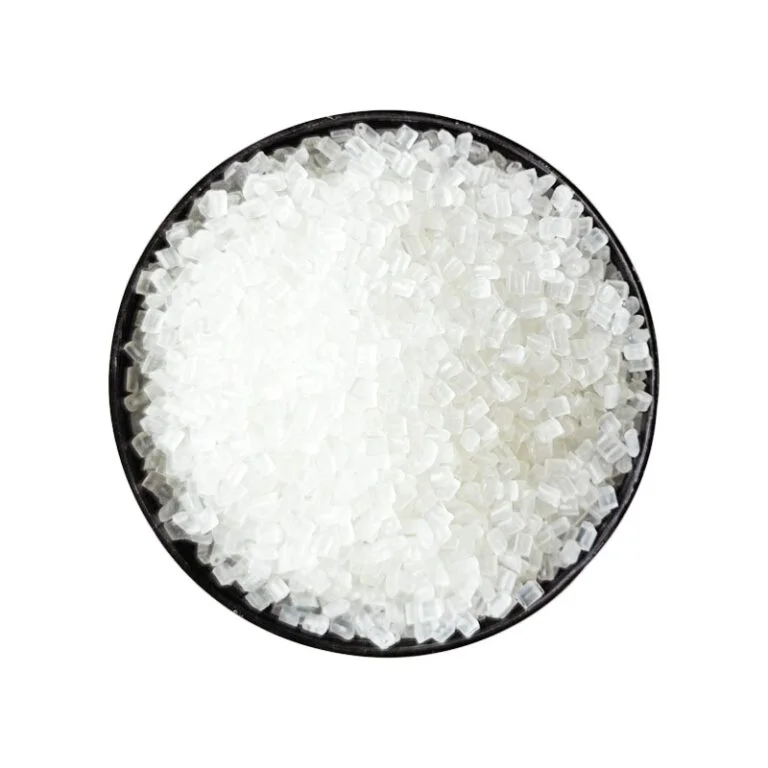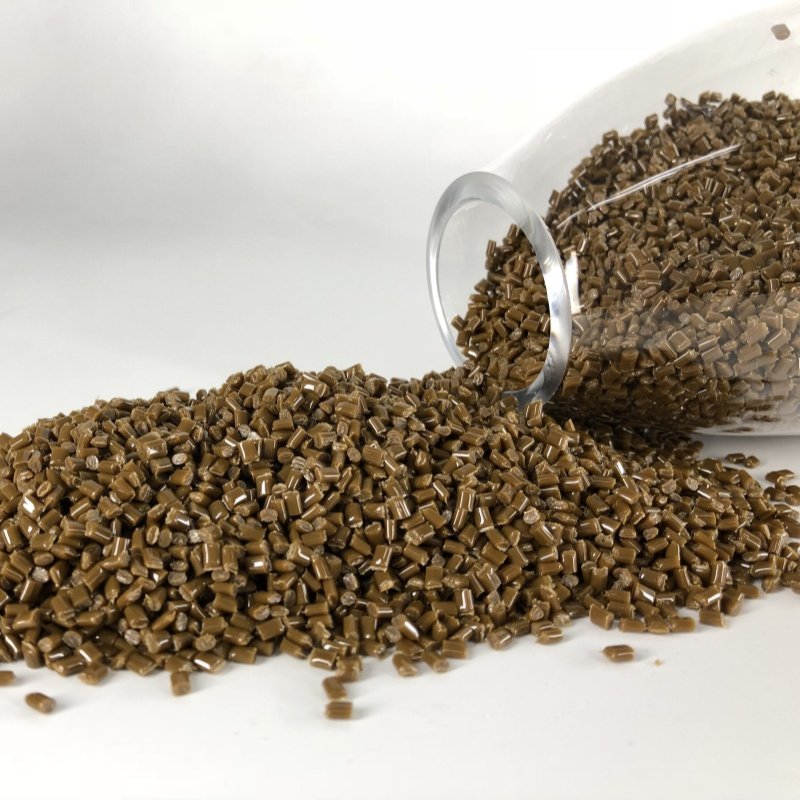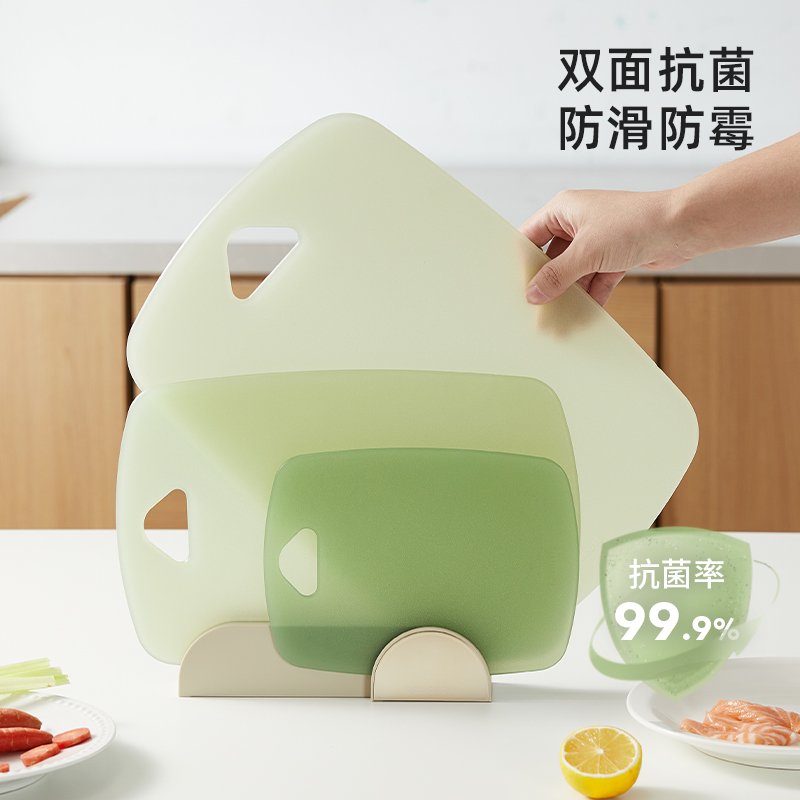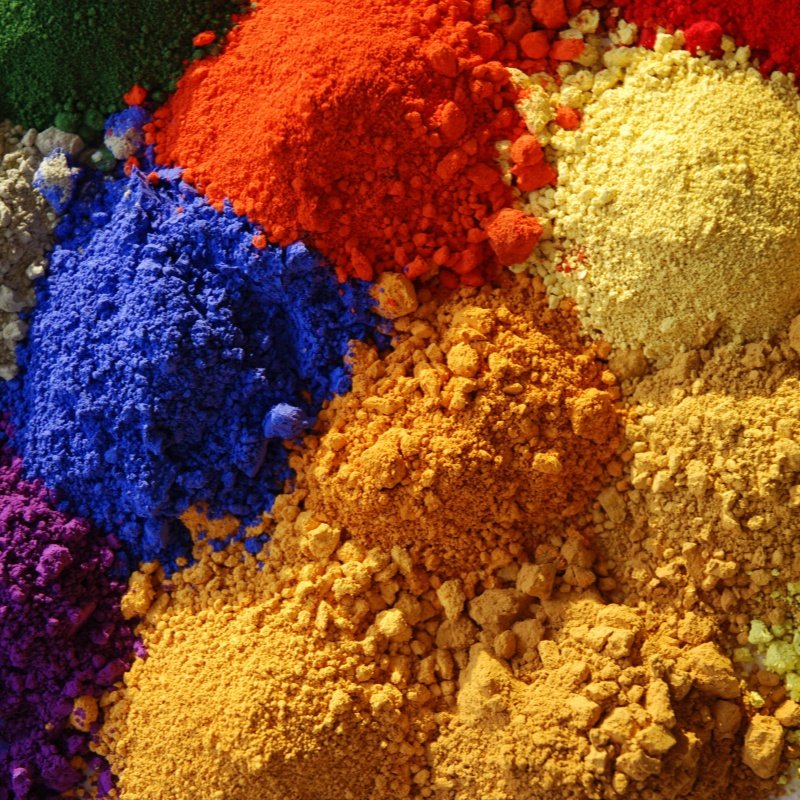What is Antimicrobial Masterbatch?
Antimicrobial masterbatch is a specialized additive created by blending high-efficiency antimicrobial agents with a plastic base material through granulation. This innovative compound imparts durable antimicrobial properties to plastic products, effectively inhibiting the growth of bacteria, mold, and other microorganisms. Its versatility makes it a go-to solution for industries such as healthcare, food packaging, and household goods.

Core Keywords: Antimicrobial Masterbatch, Antimicrobial Additive, Antibacterial Plastics
How Does Antimicrobial Masterbatch Work?
The mechanism behind antimicrobial masterbatch lies in its ability to release trace amounts of active antimicrobial agents, such as silver ions, zinc ions, or quaternary ammonium compounds. These agents disrupt microbial cell membranes or interfere with their metabolic processes, achieving bacteriostatic or bactericidal effects. Here’s a closer look at the types of antimicrobial agents:
- Inorganic Agents (e.g., Nano-Silver): Release metal ions to damage bacterial DNA, offering broad-spectrum efficacy.
- Organic Agents (e.g., Chitosan): Utilize positive charges to attract negatively charged bacterial surfaces, causing cell rupture.
- Natural Agents (e.g., Tea Polyphenols): Plant-derived, eco-friendly components that ensure safety and sustainability.
SEO Tip: Optimize for long-tail keywords like “how antimicrobial masterbatch works” and “inorganic vs. organic antimicrobial agents.”
Types of Antimicrobial Masterbatch
Antimicrobial masterbatches are categorized based on their active ingredients, each suited for specific applications:
Inorganic Antimicrobial Masterbatch
- Silver Ion Masterbatch: Known for its broad-spectrum efficacy, ideal for medical devices.
- Zinc Oxide Masterbatch: High heat resistance, commonly used in food packaging.
Organic Antimicrobial Masterbatch
- Quaternary Ammonium Salt Masterbatch: Offers rapid antibacterial action, perfect for daily-use products.
Natural Antimicrobial Masterbatch
- Plant Extract Masterbatch: Free from antibiotic resistance risks, suitable for baby products.
Comparison: Inorganic agents provide long-lasting effects but are costlier, while organic agents offer quick action but may degrade over time.

Key Advantages of Antimicrobial Masterbatch
Antimicrobial masterbatch stands out due to its unique benefits:
- Long-Lasting Protection: Maintains antimicrobial efficacy for years, reducing the need for frequent replacements.
- Safety: Low toxicity, compliant with international standards like FDA and RoHS.
- Eco-Friendly: Minimizes chemical residues, supporting sustainable manufacturing.
- Ease of Processing: Can be directly mixed with plastic pellets, requiring no changes to existing production lines.
- Superior Application: Unlike traditional spray-coating methods, masterbatch ensures uniform dispersion and prevents surface detachment.

Top Five Applications of Antimicrobial Masterbatch
Antimicrobial masterbatch is transforming multiple industries by enhancing product safety and hygiene:
- Healthcare
- Surgical instruments, IV bags, and ventilator components to prevent hospital-acquired infections.
- Food Packaging
- Cling films and beverage bottles to extend shelf life and reduce spoilage.
- Household Products
- Furniture and children’s toys should be used to minimize contact-based infection risks.
- Automotive Industry
- Air vents and door handles help curb bacterial growth in vehicle interiors.
- Electronics
- Phone cases and chargers to prevent microbial proliferation from sweat or moisture.
Data Insight: According to a 2023 Grand View Research report, the global antimicrobial plastics market reached $5.5 billion, with healthcare and packaging sectors accounting for over 60% of the share.

Future Prospects of Antimicrobial Masterbatch
The demand for antimicrobial masterbatch is poised for significant growth, driven by several key factors:
Surging Market Demand
Post-pandemic, heightened consumer awareness of hygiene has boosted demand in the healthcare and household sectors.
Technological Innovations
- Smart Antimicrobials: Dynamic technologies responsive to environmental changes, such as pH-sensitive materials.
- Nanocomposite Advancements: Enhancing efficiency while reducing the required additive volume.
Regulatory Support
Stricter antimicrobial standards in regions like the EU and China are mandating certifications for food-contact materials.
Cross-Industry Integration
The fusion of antimicrobial materials with 5G and IoT technologies is paving the way for “smart antimicrobial materials” capable of real-time microbial monitoring.
Trend Forecast: By 2030, antimicrobial plastics are expected to account for over 15% of the global plastics market, with a compound annual growth rate (CAGR) of 8.2%.

Conclusion: Antimicrobial Masterbatch – A Green Revolution in Plastics
Antimicrobial masterbatch is revolutionizing the plastics industry with its efficient, safe, and eco-friendly properties. As research advances and regulations evolve, its applications will expand beyond traditional boundaries, offering innovative solutions for public health and sustainable development.
SEO Keywords: Antimicrobial Masterbatch Trends, Antimicrobial Masterbatch Applications, Eco-Friendly Antibacterial Materials
Tags: #AntimicrobialMasterbatch #PlasticAdditives #HealthcareMaterials #GreenTechnology #SmartManufacturing





